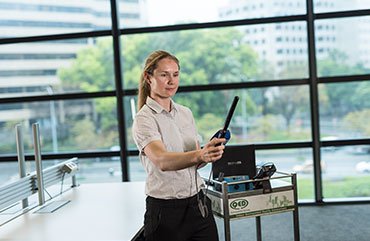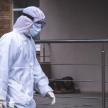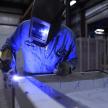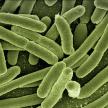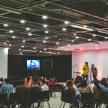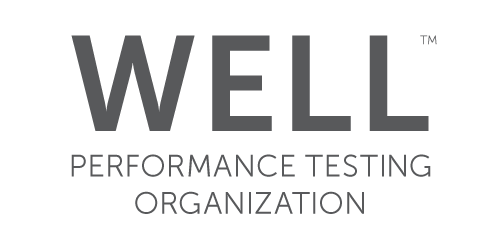NABERS IE - benchmarking productivity and health for office buildings
NABERS (National Australian Built Environment Rating Scheme) is a system for rating the performance of commercial office buildings. It encompasses ratings for Energy (which is compulsory for most office buildings), Water, Waste and Indoor Environment (IE). At QED Environmental Service we specialises in NABERS IE ratings.

Why rate your indoor environment?
Tenants are looking for high quality indoor environment because of it’s been linked with productivity of office occupants. Recent studies showed an improvement in cognitive function with higher quality air and also in buildings that are generally green rated.
You can read our whitepaper on how indoor air quality can improve the cognitive function and productivity of building occupants for more information.
A NABERS IE rating can be an important element of a property’s marketing mix, and contributes to the grade (Premium, A, B etc) according to Property Council guidelines.
Rating a building fosters continuous improvement as the impact of performance initiatives can be tracked. For example closely managing temperature set points and chiller start times can improve the NABERS IE rating and save energy at the same time.
What is Indoor Environment?
Quality of the environment created within a building is fundamental to its occupants’ health, wellbeing and productivity. This is particularly true for office buildings, where many occupants spend a large proportion of their daily life, and their activity involves more cognitive oriented tasks.
The indoor environment of a building is influenced by:
- Thermal comfort including air temperature, radiant temperature, relative humidity and air speed;
- Acoustic comfort including ability of building to minimise external noise as well as the noise levels within the tenanted space;
- Indoor air quality including ventilation effectiveness and levels of pollutants (gaseous, particulate and biological); and
- Lighting to maximise daylight whilst minimising glare and heat.
How does a NABERS IE rating work?
Our qualified assessor would inspect your building and measure the air quality and acoustic levels strictly in accordance with the NABERS IE rating protocol. This information is uploaded to NABERS and compared to the population of all other rated buildings to determine the rating of up to 6 stars.
If temperature logs are available for a twelve month period, this can improve the rating by a whole star or so. We strongly encourage the use of temperature logs for NABERS IE ratings, and if your building management system is unable to store the log information, we provide suitable logging equipment and manage it remotely.
What is QED’s experience with NABERS IE?
QED was invited to the NABERS Indoor Environment Technical Working Group which updated the rating tool in 2015. We presented NABERS IE versus Energy at AIRAH’s Future of HVAC Conference (Sydney, September 2017).
Our staff are qualified NABERS IE assessors who have extensive experience rating buildings and advising owners on performance initiatives to improve ratings.
For more information or to book your NABERS IE rating, please contact us.



